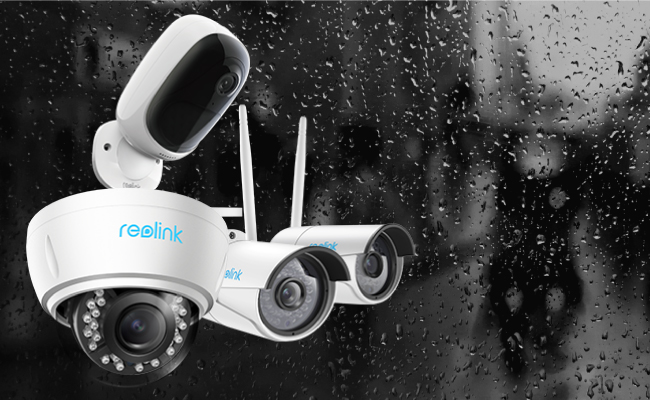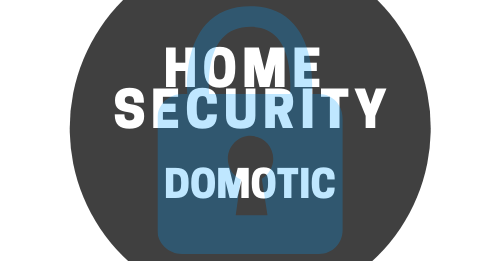A Comprehensive Guide to Smart Home Security Systems

A Comprehensive Guide to Smart Home Security Systems
In today’s technologically advanced world, the concept of home security has taken a giant leap forward with the introduction of smart home security systems. These systems leverage the power of automation and connectivity to provide comprehensive protection for your home and loved ones. In this guide, we will explore the benefits of smart home security systems, the key components of a system, and provide valuable tips on choosing and optimizing your system for maximum security.
Understanding the Benefits
Smart home security systems offer a wide range of benefits that go beyond traditional security measures. Here are some advantages of investing in a smart home security system:
1. Enhanced Surveillance
Smart security cameras provide high-resolution video monitoring, allowing you to keep an eye on your property from anywhere. Real-time alerts can notify you of any suspicious activity, giving you peace of mind.
2. Remote Access
With a smart security system, you can remotely control and monitor your home from your smartphone or tablet. Whether you’re at work or on vacation, you can check in, arm or disarm your system, and control various smart devices for added convenience and security.
3. Integrated Automation
Smart home security systems can be seamlessly integrated with other smart devices in your home. This allows for advanced automation, such as motion-activated lights, smart door locks, and automated thermostat control – all contributing to a safer and more energy-efficient home.
4. Increased Deterrence
Visible security cameras and smart home security signs act as deterrents to potential intruders. Knowing that a home is equipped with a sophisticated security system can discourage break-ins and protect your property.
Components of a Smart Home Security System
A comprehensive smart home security system consists of several key components that work together to safeguard your home. Here are the main elements:
1. Smart Security Cameras

High-definition cameras with motion detection capabilities provide round-the-clock surveillance, recording any suspicious activities. They can be placed strategically around your property to monitor entrances, driveways, and vulnerable areas.
2. Smart Sensors
Window and door sensors detect any unauthorized entry attempts. These sensors transmit a signal to the central hub of your security system, triggering an alert on your smartphone or sounding an alarm.
3. Central Control Hub
The control hub serves as the brain of your smart home security system. It connects all the components, allowing you to monitor and control them remotely. It also receives and sends alerts to your smartphone or security monitoring service.
4. Motion Detectors
Motion detectors use infrared technology to detect movement within a specified range. They can trigger alarms or turn on lights when motion is detected, adding an extra layer of security.
5. Mobile App
A dedicated mobile app allows you to control and monitor your smart home security system from anywhere. It provides:
- Real-time alerts.
- Access to live camera feeds.
- The ability to arm or disarm the system remotely.
Choosing the Right System
When selecting a smart home security system, it’s important to consider your specific needs and budget. Here are some tips to help you make the right choice:
1. Assess Your Home’s Vulnerabilities
Identify the weak points of your home’s security. Determine areas that require surveillance and the type of sensors needed for maximum protection.
2. Scalability
Choose a system that can grow with your needs. Consider whether you may want to add more cameras, sensors, or smart devices in the future.
3. Professional Monitoring
Decide if you require professional monitoring services. Some security systems offer 24/7 monitoring, where trained professionals will respond to alerts and contact authorities if necessary.
4. Compatibility
Ensure that the smart home security system you choose is compatible with the devices you already own or plan to integrate into your home automation setup.
5. User-Friendly Interface
Opt for a system with an intuitive and user-friendly interface. The mobile app and control panel should be easy to navigate and understand.
Optimizing Your System for Maximum Security
To fully leverage the capabilities of your smart home security system, keep the following tips in mind:
1. Regular Software Updates
Keep your system up to date by installing the latest firmware and software updates. This ensures that your system benefits from the latest security enhancements.
2. Strong Passwords
Set strong, unique passwords for all your smart home devices and change them periodically. This prevents unauthorized access to your system and protects your privacy.
3. Secure Network
Ensure that your home Wi-Fi network is password protected and encrypted. Use a strong network password and consider using a separate network specifically for your smart devices.
In conclusion, a smart home security system can provide comprehensive protection for your home and loved ones. By understanding the benefits, components, and tips for choosing the right system, you can enhance the security of your home and enjoy the convenience of automation. Remember to optimize your system by keeping it up to date, using strong passwords, and securing your network. With a well-designed smart home security system, you can have peace of mind knowing that your home is protected around the clock.
